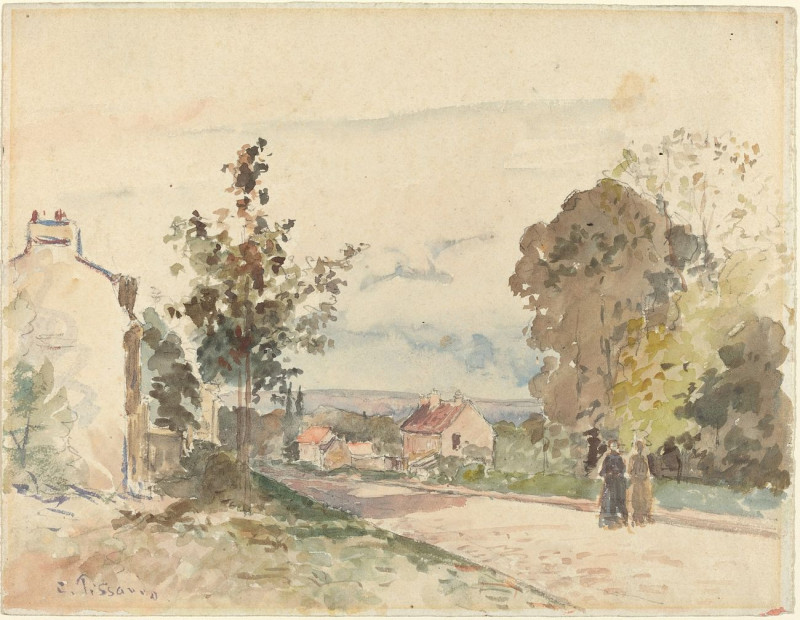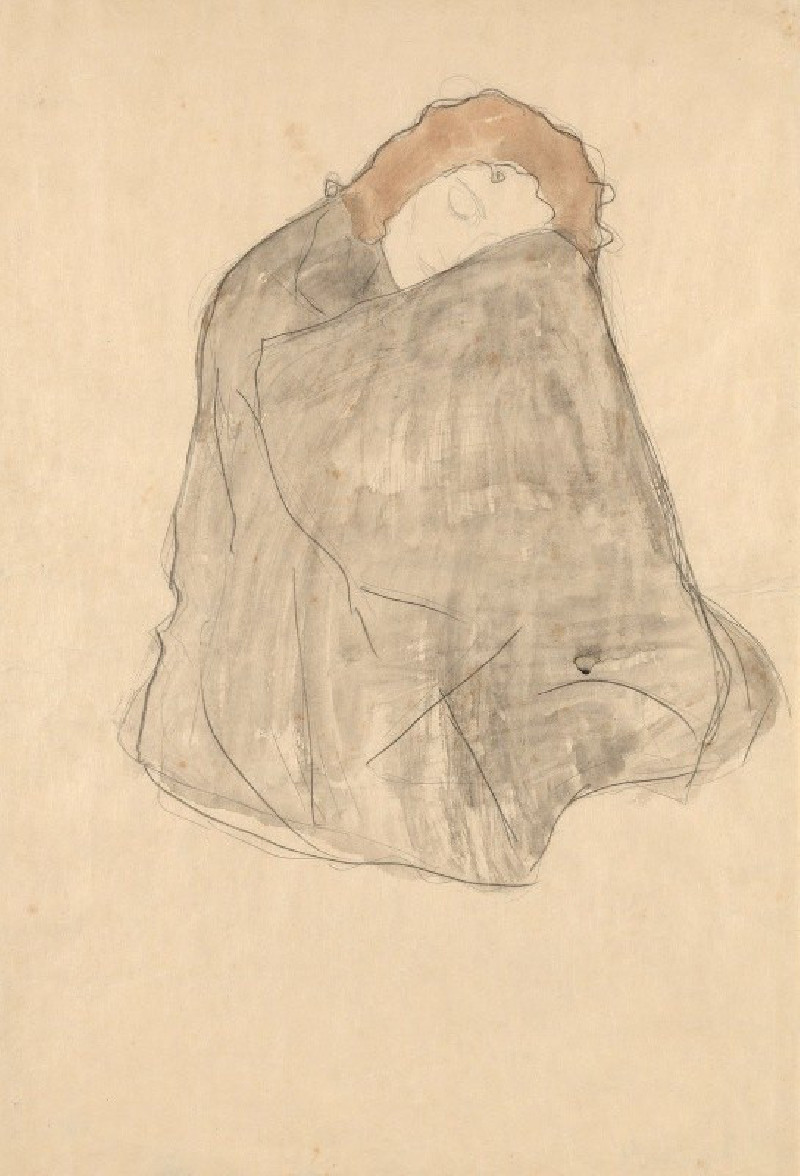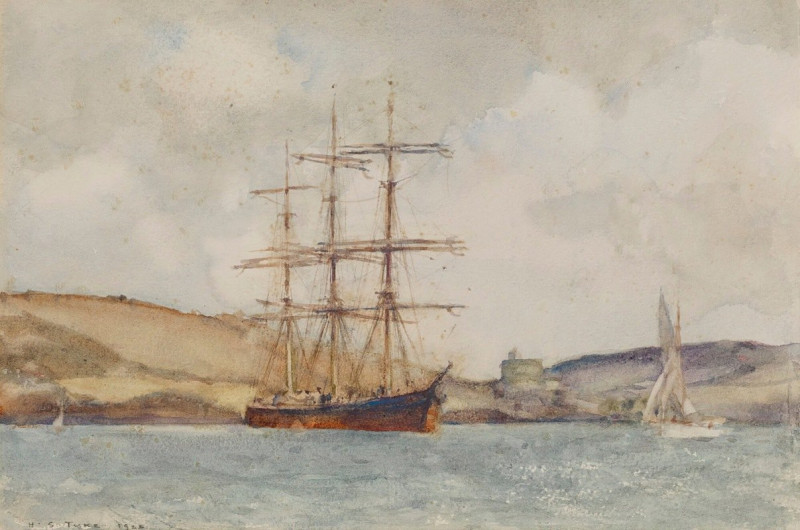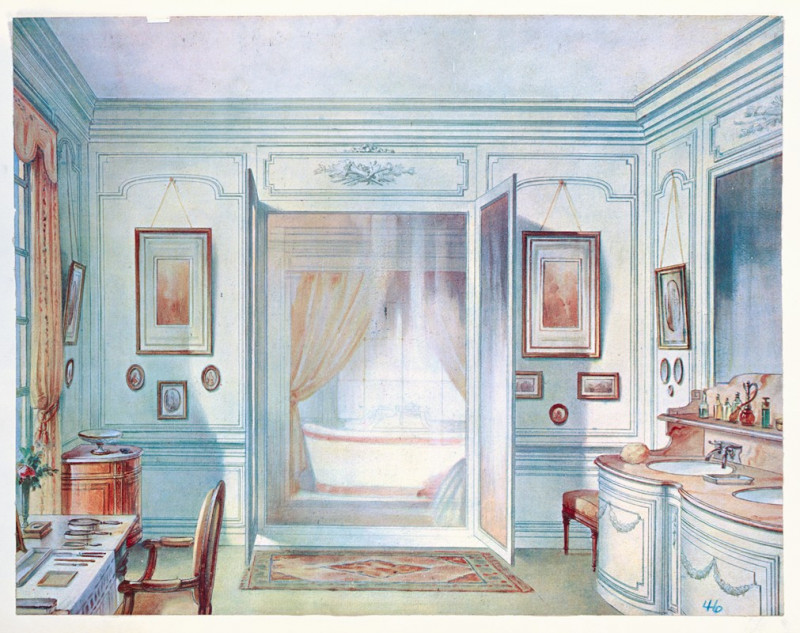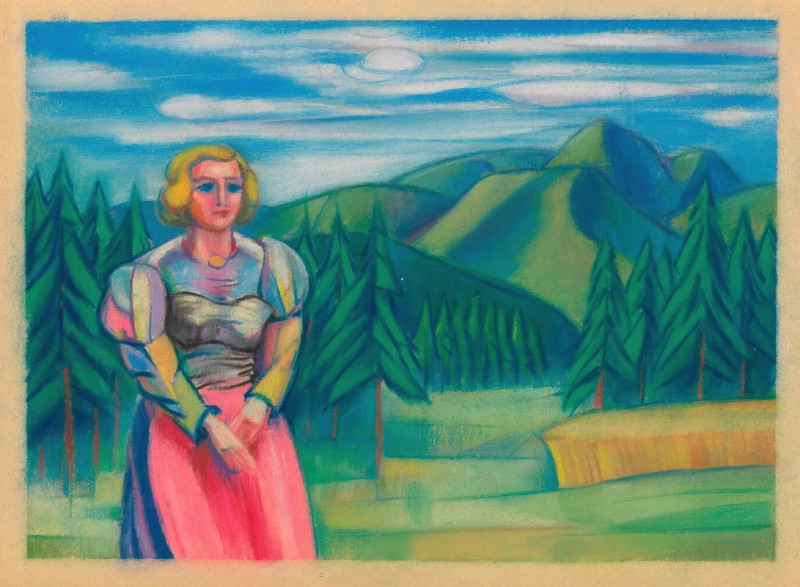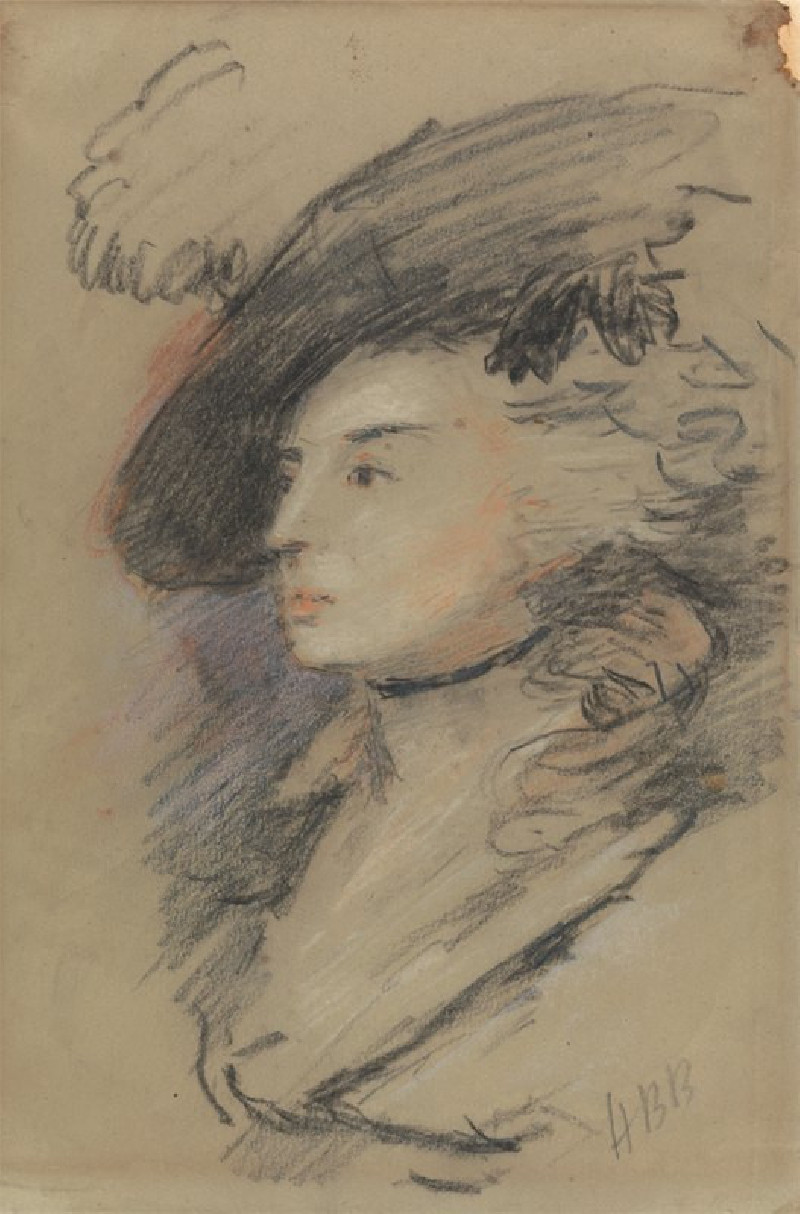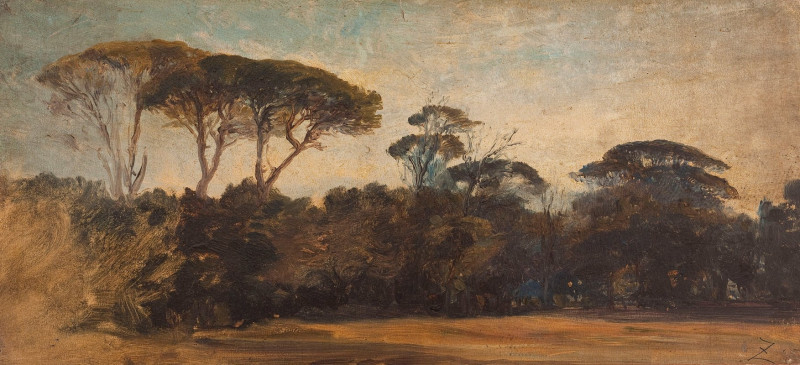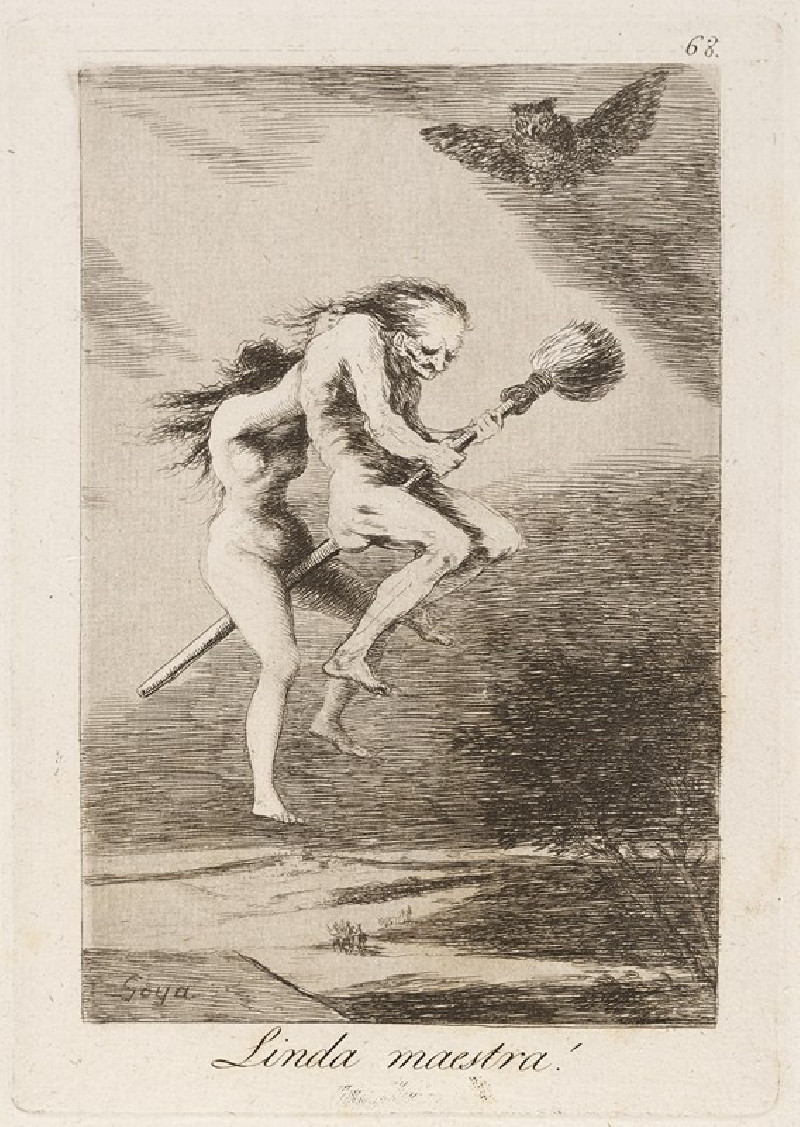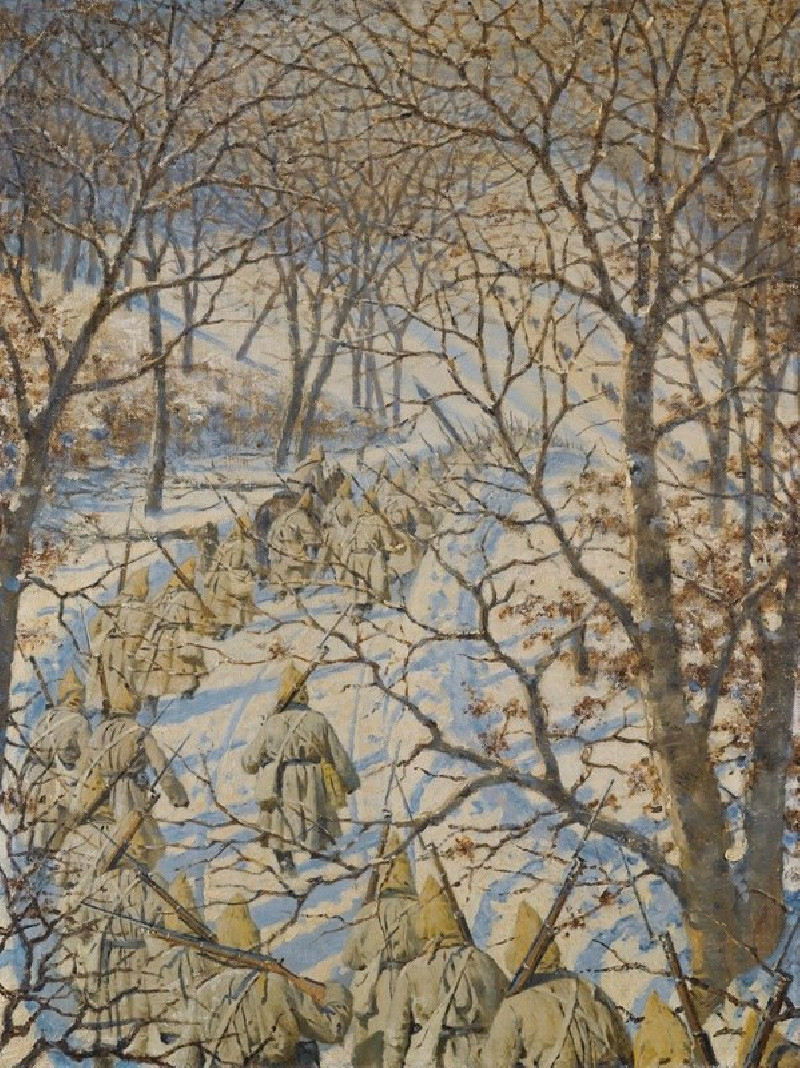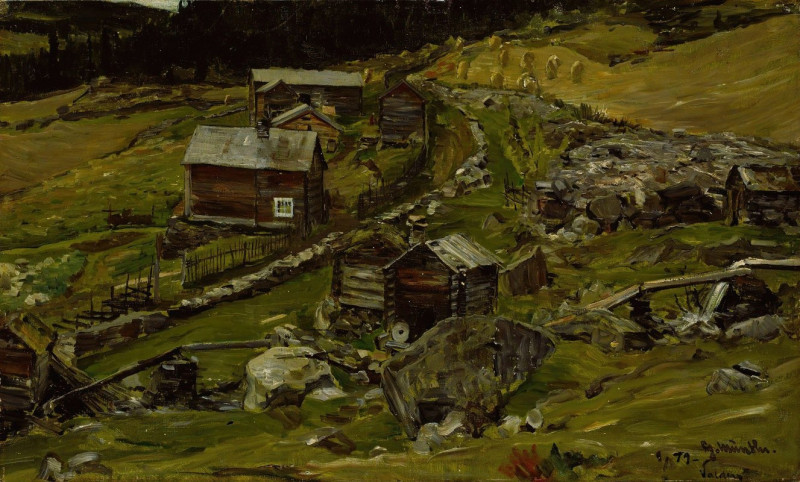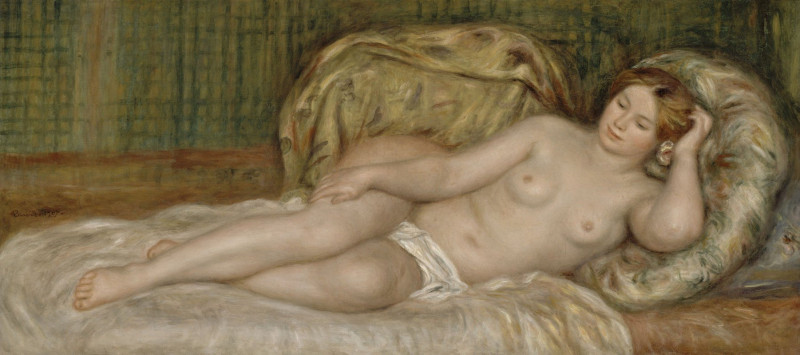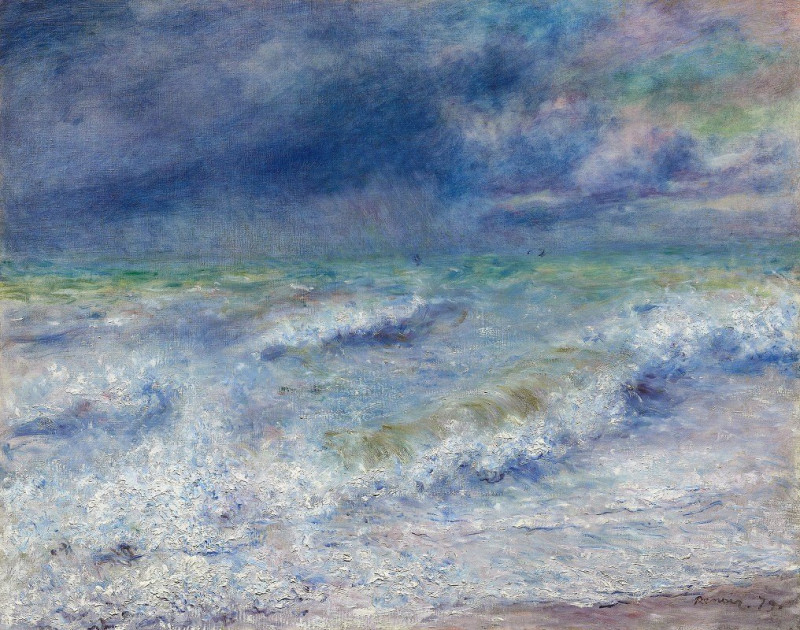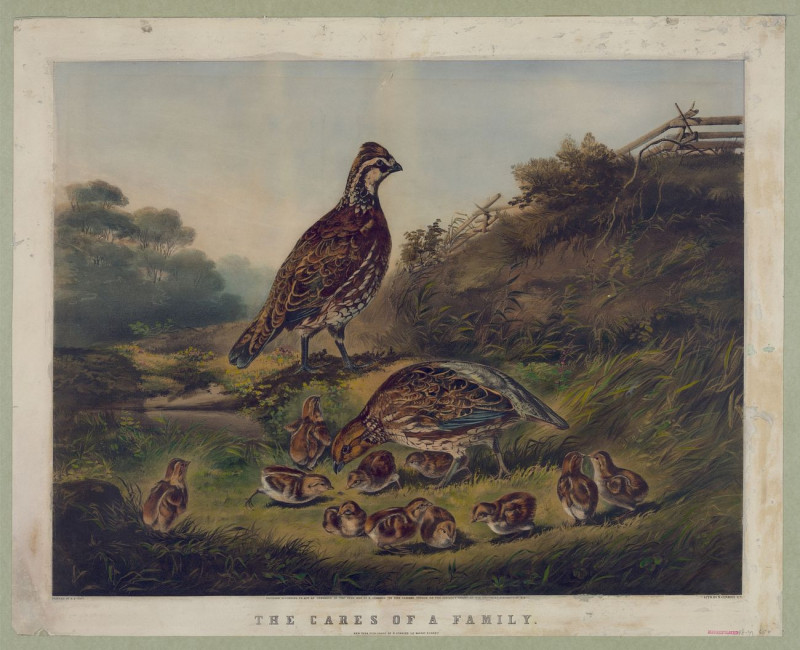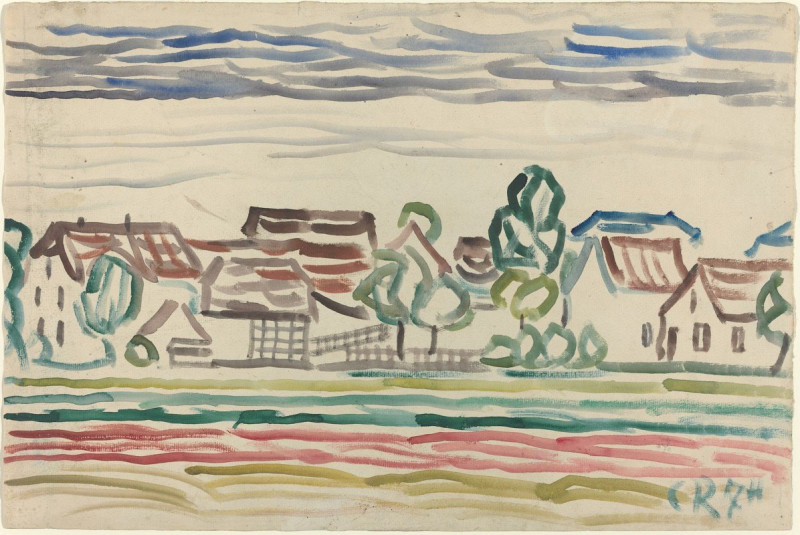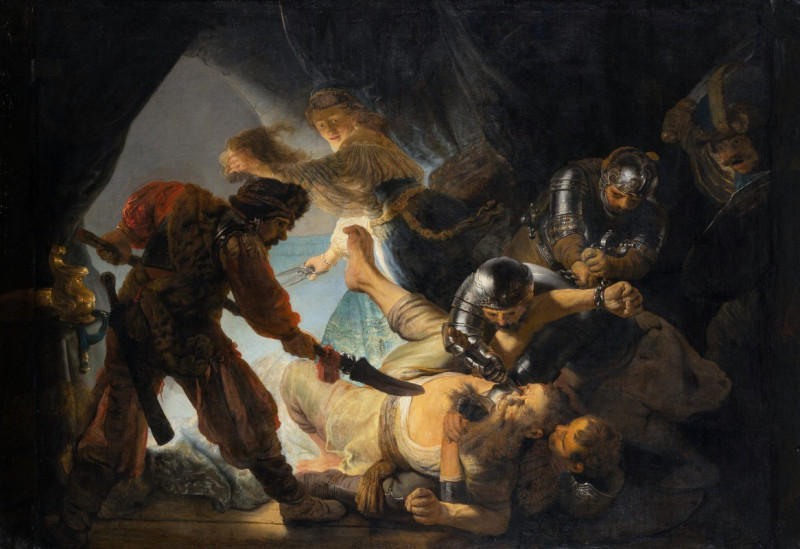The Road From Versailles To Louveciennes
Technique: Giclée quality print
Recommended by our customers
More about this artwork
This painting, "The Road From Versailles To Louveciennes" by Camille Pissarro, captures a serene, idyllic landscape scene rendered with delicate watercolor techniques. The composition invites viewers along a pathway leading through the countryside, suggesting a connection between the towns of Versailles and Louveciennes in France. On the left side of the image, a building partially hidden by lush, tall trees sets a quaint, rural tone. To the right, the path is lined with a variety of trees displaying different shades and textures, possibly reflecting seasonal changes.Toward the center and right, the scene opens up to show distant houses, hinting at a small village or community nested within a gentle valley. The horizon is softly defined, indicating either early morning or late afternoon light, which casts gentle hues across the sky and enhances the overall tranquil mood.In the foreground, two figures are depicted walking down the road. Their presence adds a human element to the painting, suggesting a narrative or daily life unfolding within this peaceful setting. Their attire and the way they are shown walking together might indicate a casual, leisurely pace, appropriate for enjoying the surrounding nature.Overall, Pissarro's work in this painting is characterized by a light, sketch-like application of watercolors, which gives a sense of immediacy and spontaneity. This style is typical of his approach to capturing the fleeting effects of light and atmosphere, placing emphasis on the experience of the landscape rather than meticulous detail.
Delivery
Returns
Blessed are they who see beautiful things in humble places where other people see nothing. — Camille Pissarro
Camille Pissarro (1830-1903) was born on St.Thomas (now the US Virgin Islands) to a Portuguese father and a Dominican mother. He went to Paris to study art at Ecole des Beaux-Arts. He was an early pioneer of pointillism and neo-impressionism and later became a mentor of many famous impressionist painters including Cezanne, Manet, Renoir, and Gauguin. His paintings depicted rural and urban French landscapes and lifestyle. Many of his works politically captured images of peasants and laborers. Today, he is considered the father of impressionism.

